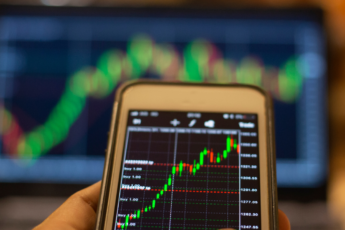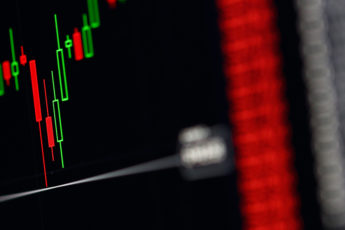What is risk management?
A trader can generate substantial profits over time but it can be lost in one or two bad trades if good risk management is not applied. It is unfortunate that risk management is often overlooked as it is an essential prerequisite to successful trading.
Planning your trades
The Chinese military general Sun Tzu had a famous saying: “Every battle is won before it is fought”. His message is in essence that planning and strategy are the key factors to winning wars, not the battles. In trading there is a similar phrase: “Plan your trade and trade your plan. Just like in war, planning could mean the difference between success and failure.
Two points that represent ways in which traders can plan ahead would be stop loss (S/L) and take profit (T/P) points. A successful trader will know what price he is willing to pay and at what price he is willing to sell. He will measure the resulting returns against the probability of the security reaching his target. If the adjusted return is high enough he will execute the trade.
Stop loss and take profit
A stop loss point would be the price at which a trader will sell the instrument and take a loss on the trade. This will happen when the trade did not play out as anticipated though the analysis process. Many traders get trapped in the “it will come back” state and losses can escalate in contrast to a stop loss that will opt out of the trade once the price has been reached. Limiting losses is a key component of risk management.
A take profit point is the price where a trader will sell a security back to the market and take a profit. When there is limited up side remaining, keeping the risks in mind. Example: if price reaches a key level after a strong rally, traders may want to sell before a reversal or consolidation takes place.
How do you set a stop loss level effectively?
One of the most popular techniques is to use moving averages. Moving averages are widely used by thousands of traders and the key ones would be:
- 9
- 21
- 50
- 100
- 200
Simple moving averages will react slower to price movement than exponential moving averages. The preference is at the trader’s discretion. The best moving averages will differ per security so it is good to plot them on the chart and see how the market has previously reacted to these levels. Moving averages work very well as support and resistance levels so they can be a good guideline to use in technical analysis.
Here are a few key points to consider when setting up these points:
- Better results will be achieved when using a longer term moving average for more volatile securities. This reduces the chance of of triggering a stop loss when a minor market swing happens
- Moving averages should be adjusted to fit the target price ranges. Bigger targets for example should use slower moving averages to generate lesser signals and have wider target price ranges
- Stop losses get lesser false triggers when positioned no closer than 1.5 times the current high-to-low-range (volatility)
- Manage the stop loss points according to volatility. The more volatile a security the wider the stop loss point should be positioned. This is to make provision for price swings without triggering a stop loss order unnecessarily
- Fundamental events like NFP and earnings releases can be used to time entries or exits. These are key time periods as volatility and uncertainty can increase substantially.
Position sizing
Position sizing is another key component of risk management. The bigger the trade size, the more risk per trade. Use a position size calculator when you are unsure of the pip values. Opening a large trade size can cause total damage to a trading account so it is best to know what position size is best before opening a trade. When in doubt, there’s always demo.
The bottom line
Traders should always know when they plan to enter a trade before the trade is executed. Using a stop loss will help to minimize losses as well as being opted out of a trade unnecessary.
Set up a trading plan to secure your victory in the war. Apply the risk management principals in combination with a 1-2% limit of risk per trade. It is irresponsible to risk more than 2% of a trading account per trade.
Remember that capital preservation is the main objective before working on anything else.


